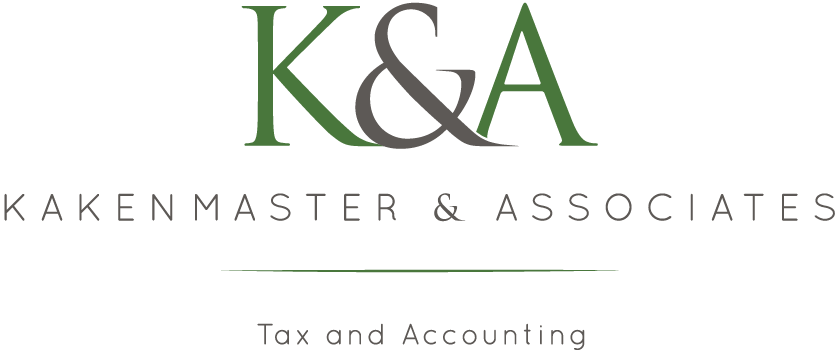Below are some updates to consider as you begin to gather your 2022 tax documents. Please take a few minutes to read these updates, as well as familiarize yourself with this year’s Tax Data Sheet.
Upcoming Changes to Form 1099-K
New legislation in the American Rescue Plan Act of 2021 changed the reporting requirements for third-party payment settlement networks (such as PayPal, Venmo, Amazon, etc.) to issue Form 1099-Ks. Previously, these organizations were only required to issue a Form 1099-K for gross payments that exceeded $20,000 and more than 200 transactions. The new rules now require 1099-Ks to be issued to taxpayers with transactions generating $600 or more for the year for goods and services. This includes selling on E-Bay, driving for Uber, or freelancing through Upwork. Note that this does not apply to transactions for personal gifts, charitable contributions, and reimbursements.
These new rules were set to take effect for the 2022 tax year, but on December 23, 2022, the IRS announced that the new requirements will not take effect until 2023.
2023 Retirement Plan Changes
Contribution limits to retirement plans are typically adjusted for inflation, and the IRS announced significant increases to 2023 contribution limits to retirement plans.
For those with 401(k), 403(b), or 457 plans through an employer, the new maximum contribution limit will increase to $22,500 in 2023, from $20,500. If you are 50 or older in 2023, you can also make an additional $7,500 (increased from $6,500) catch-up contribution, increasing the total contribution limit to $30,000 for 2023. For SIMPLE Plans, the contribution limit is $15,500 (increased from $14,000), plus an additional $3,500 (up from $3,000) for those 50 or older.
In 2023, traditional IRA and Roth IRA contribution limits increase to $6,500 (from $6,000), plus an additional $1,000 catch-up contribution for those older than 50. In addition, the phaseout levels for traditional IRAs increase from adjusted gross income levels (AGIs) of $116,00 to $136,000 for married and filing jointly, and from $73,000 to $83,000 for single filers. The phaseout level for the Roth IRA will also increase from $218,000 AGI to $228,000 AGI for married and filing jointly, and from $129,000 to $138,000 AGI for single filers. The phaseout limit for a married person filing a separate return who contributes to a Roth IRA remains $0 to $10,000.
Consider making adjustments to your retirement plans based on the 2023 contribution limit increases and take advantage of the new limits.
2023 Mileage Rates
Standard rate for business driving is 65.5 cents per mile, medical rate and moving expenses for active members of the Armed Forces is 22 cents per mile, and charitable rate remains at 14 cents per mile.
Social Security (S.S.)
The 2023 S.S. wage base increases to $160,200, a $13,200 increase. The S.S. tax rate remains at 6.2% for both employers and employees, as well as the 1.45% Medicare tax on all compensation, with no cap.

